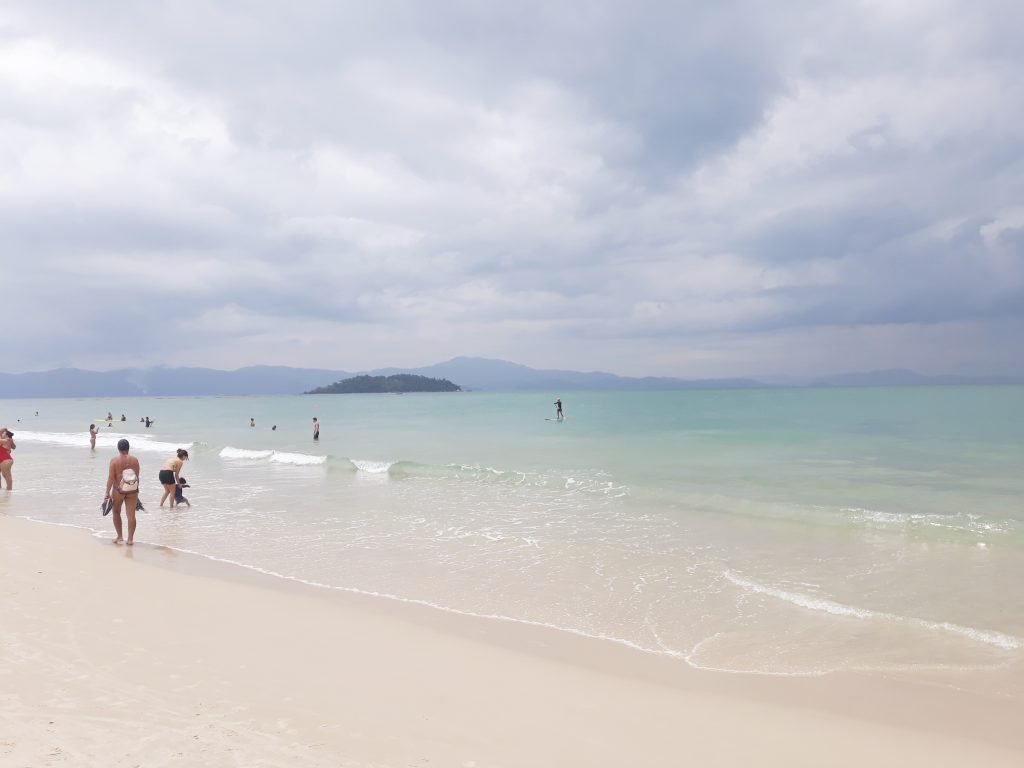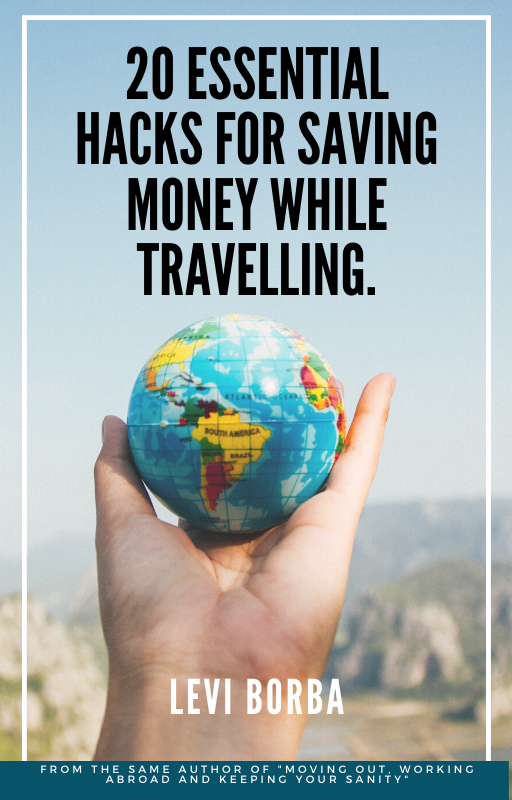Is São Paulo Safe in 2025?
Is São Paulo Safe for Tourists, to Take an Uber or to Walk in the Airport? Discover Here. I had a relative murdered there. Colleagues assaulted. Acquaintances victims of pickpocketing. Many Brazilians moved to Europe due to safety issues. For all those motives, when someone asked me Is São Paulo Safe? , the obvious answer […]
Is São Paulo Safe in 2025? Read More »


